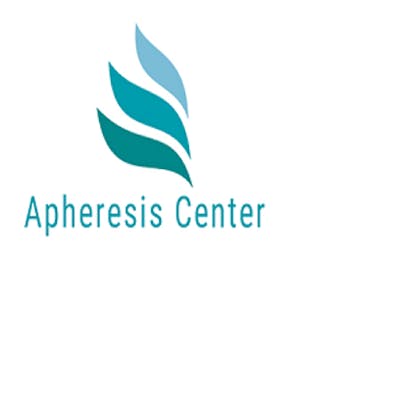Understanding Post-Covid Circulation Issues Through Apheresis
Covid-19 has left a permanent mark on global health by affecting millions of individuals worldwide. Most of the focus was given towards preventing and treating these acute infections, which become a growing concern, leaving a long-term complication. One such complication was seen in most people with persistent symptoms known as long-term COVID-19.
Although there were numerous challenges faced by long COVID patients, post covid circulation issues have become a prominent and confusing aspect of their health struggles.
This article will walk you through the roles of H.E.L.P apheresis long covid as a potential therapeutic avenue to address the post-COVID circulation issues, offering hope for those fighting the aftermath of the virus.
What are post-COVID Circulation issues?
There are a range of symptoms that characterize the long COVID, which is beyond the acute phase of the illness. Patients often experience fatigue, shortness of breath, and cognitive difficulties. Post covid circulation issues have become a noteworthy concern, with reports of blood clotting abnormalities, microvascular dysfunction and impaired blood flow. These complications lead to a variety of health issues, including organ failure and continuous symptoms that significantly impact the quality of life of people who are affected.
The Apheresis Solution
Apheresis is a medical procedure that involves removing and processing blood components before returning them to the patient. This has emerged as a potential therapeutic intervention for Logn COVID patients experiencing post covid circulation issues. This versatile technique allows the selective removal of specific blood components, including antibodies, immune cells, or plasma, based on patients' needs.
Here is why apheresis is mostly preferred:
Eliminating Hazardous Substances: In long-term COVID patients, H.E.L.P apheresis long covid is an effective way to target and eliminate circulating components that lead to clotting, inflammation, and other circulation-related problems. Apheresis provides a focused method of treating the underlying problems causing circulation problems by removing these toxic molecules carefully.
Enhancing Blood Flow: By lowering blood viscosity and eliminating compounds that worsen vascular dysfunction, H.E.L.P apheresis long covid can improve blood flow. Long-term COVID patients who are having microvascular problems may benefit most from this since it helps enhance oxygen supply to tissues and lessen symptoms like exhaustion and dyspnea.
Modulating the Immunological Response: In certain chronic COVID-19 instances, circulation problems may be exacerbated by an overreactive immunological response. Through the selective removal of particular immunological components, apheresis can control the immune system, offering a means of reestablishing equilibrium and reducing the inflammatory response that fuels vascular problems.
Conclusion
For treating post-COVID circulation problems, H.E.L.P apheresis long covid stands out as a ray of light amidst the medical community's many hurdles caused by protracted COVID-19. Its capacity to identify and eliminate dangerous substances from the blood provides a customized method of treating the enduring symptoms that afflict a great number of people. While more research is needed to confirm Apheresis's efficacy in treating long-term COVID, its ability to improve circulation and reduce symptoms gives hope to patients facing an arduous and protracted recovery path.
